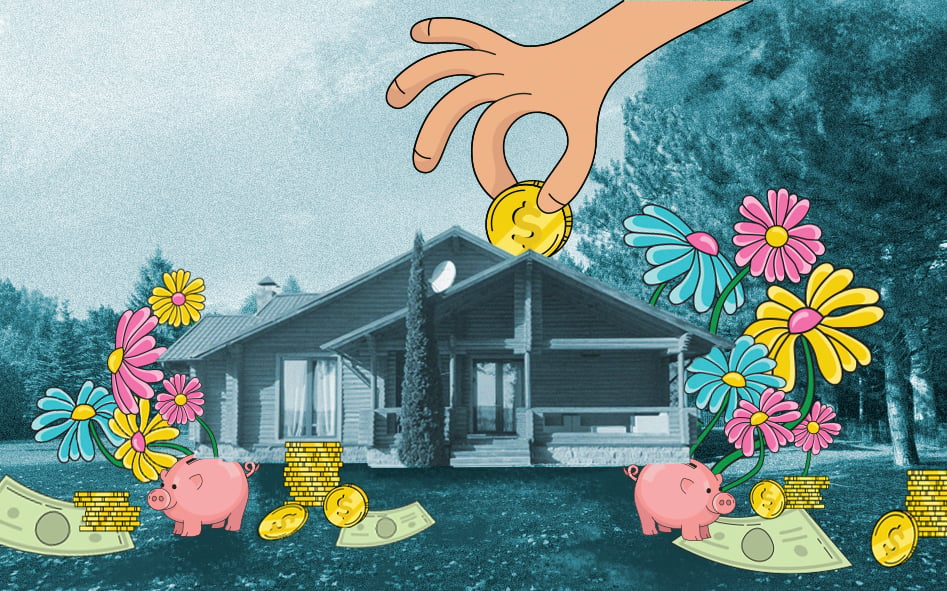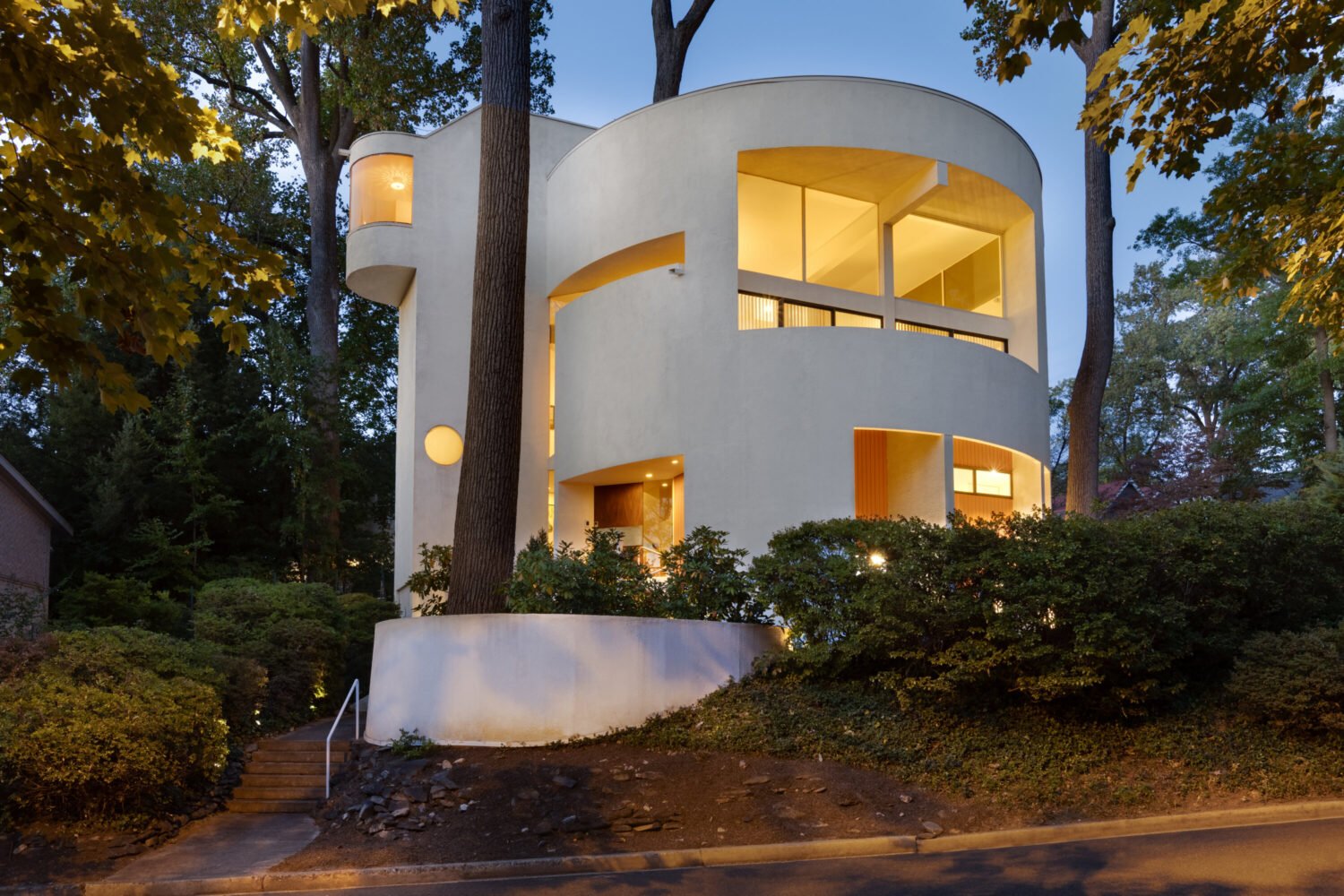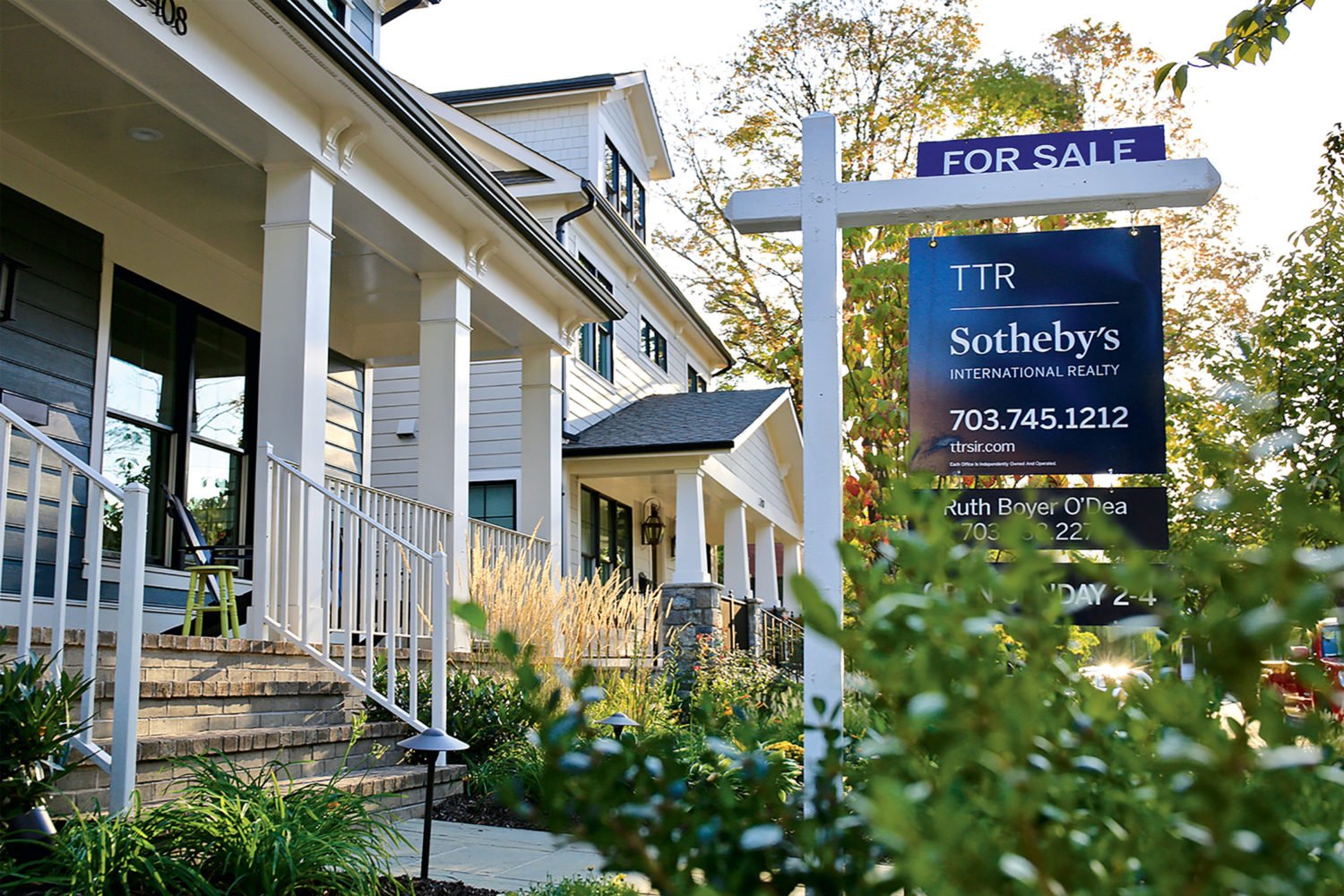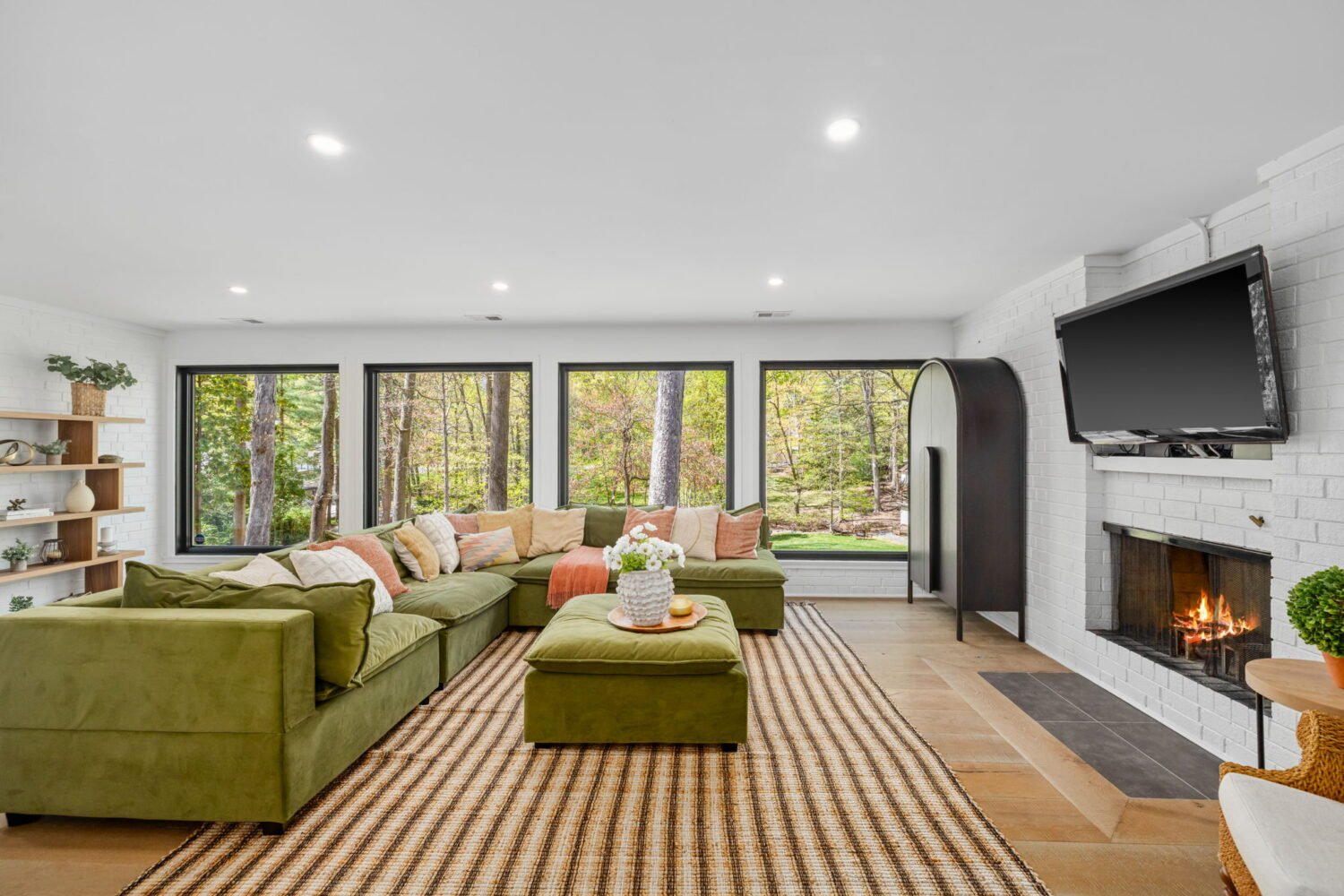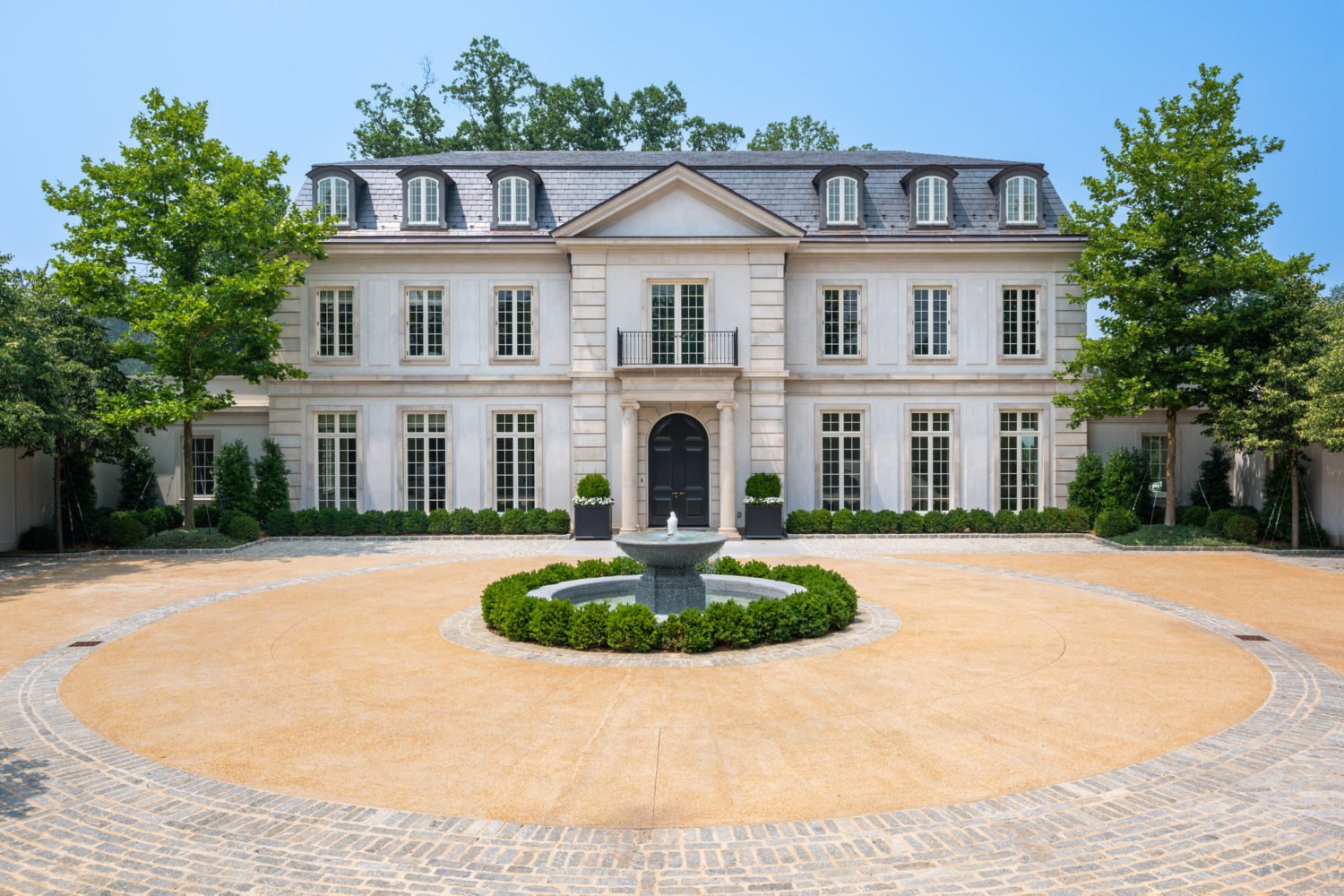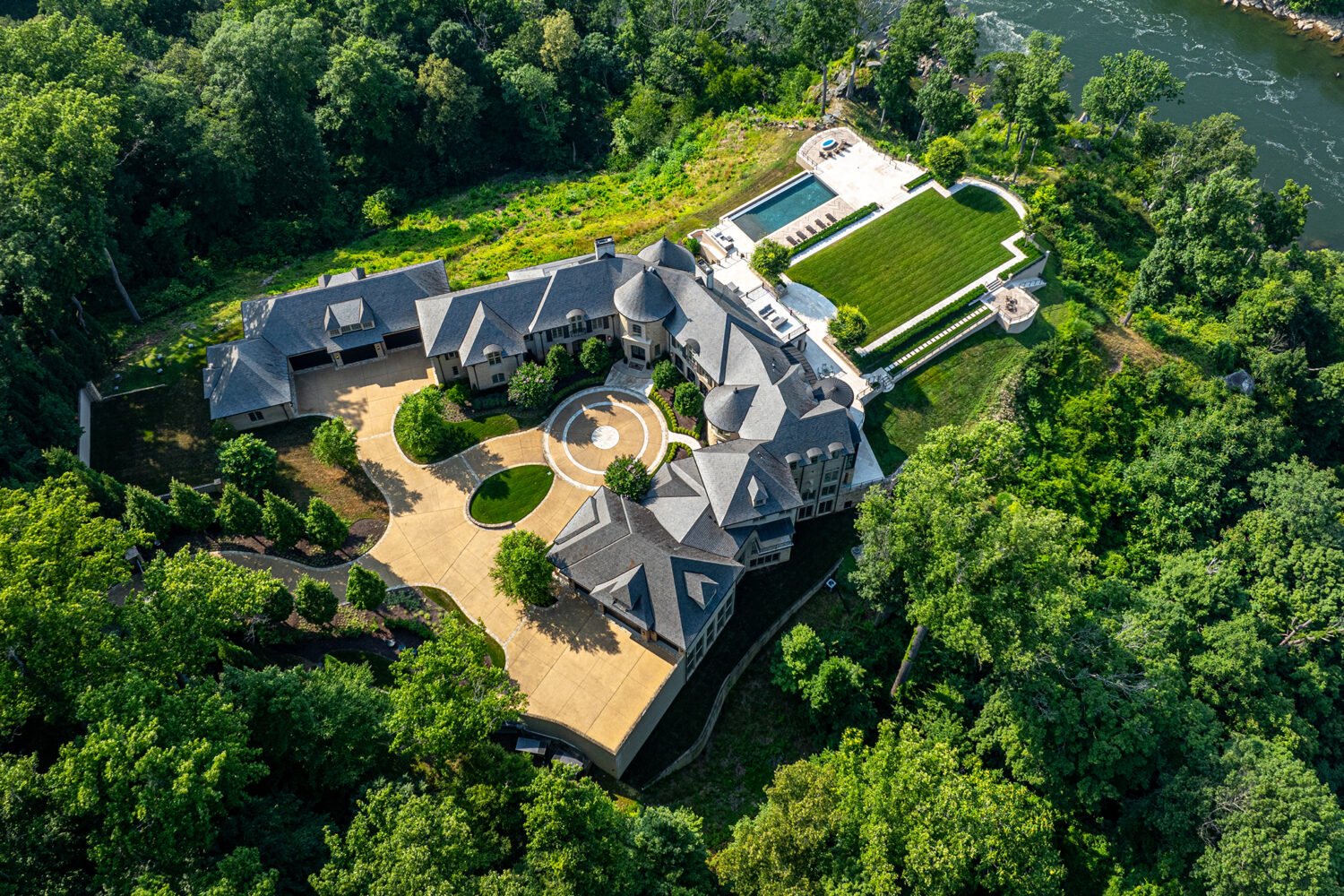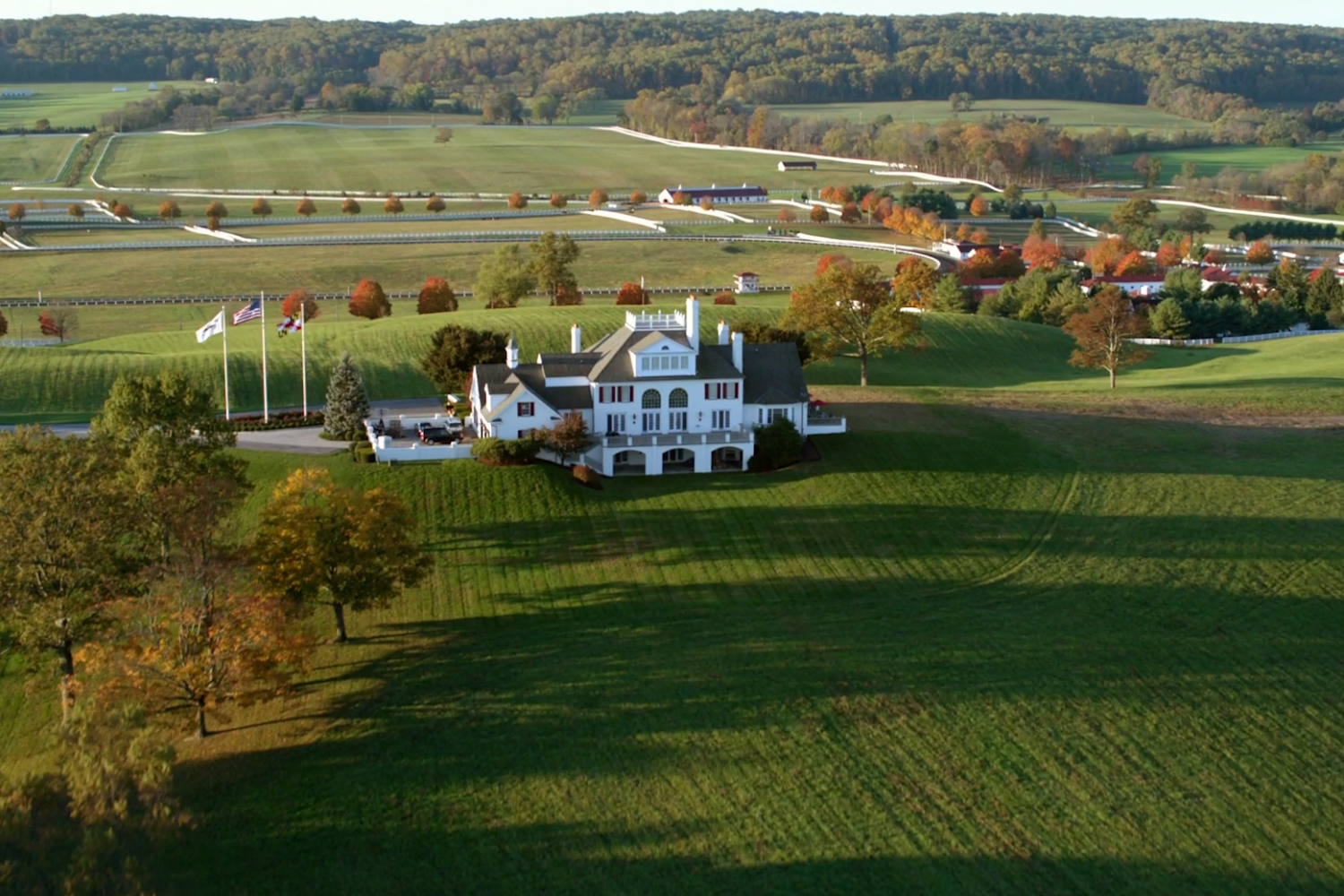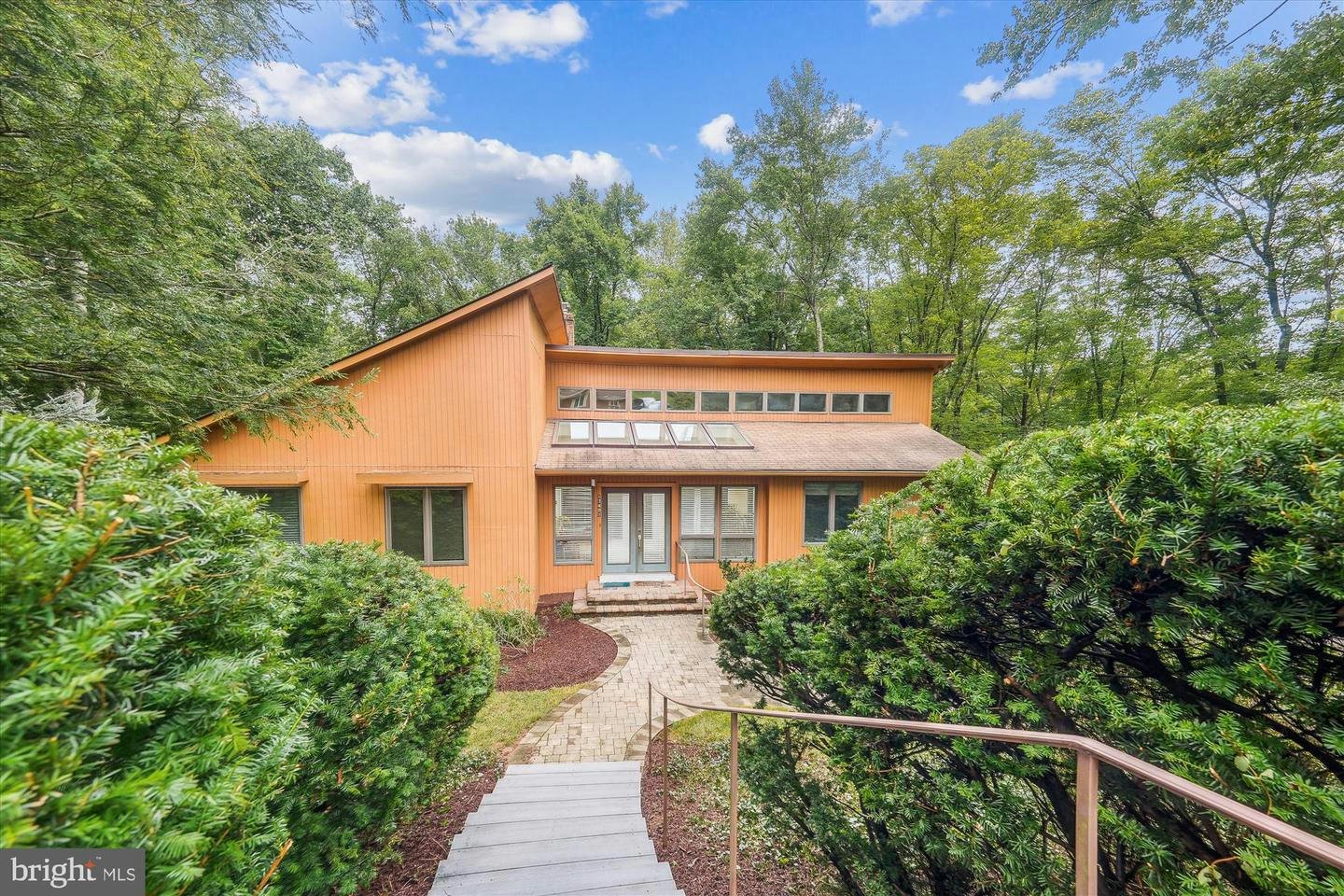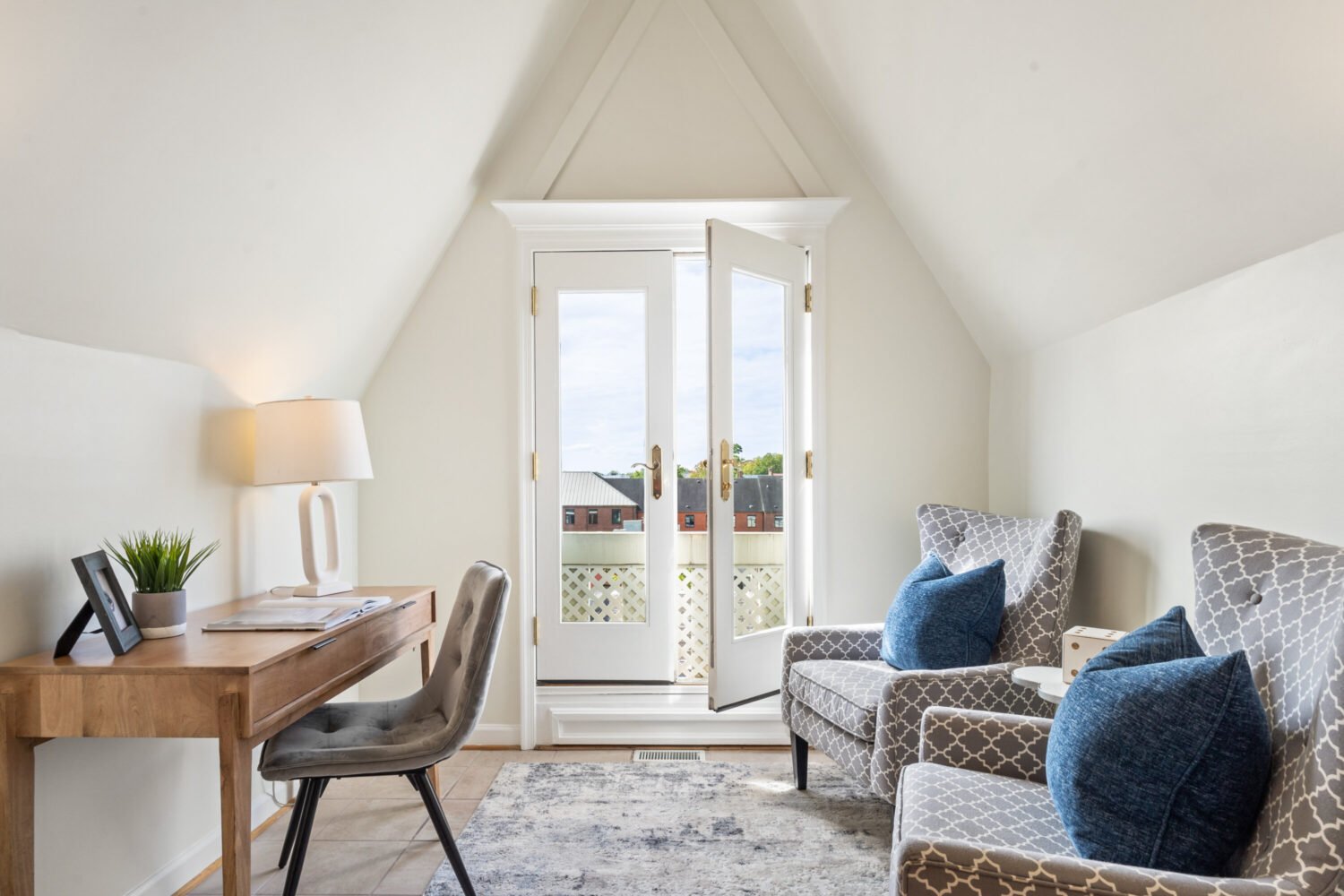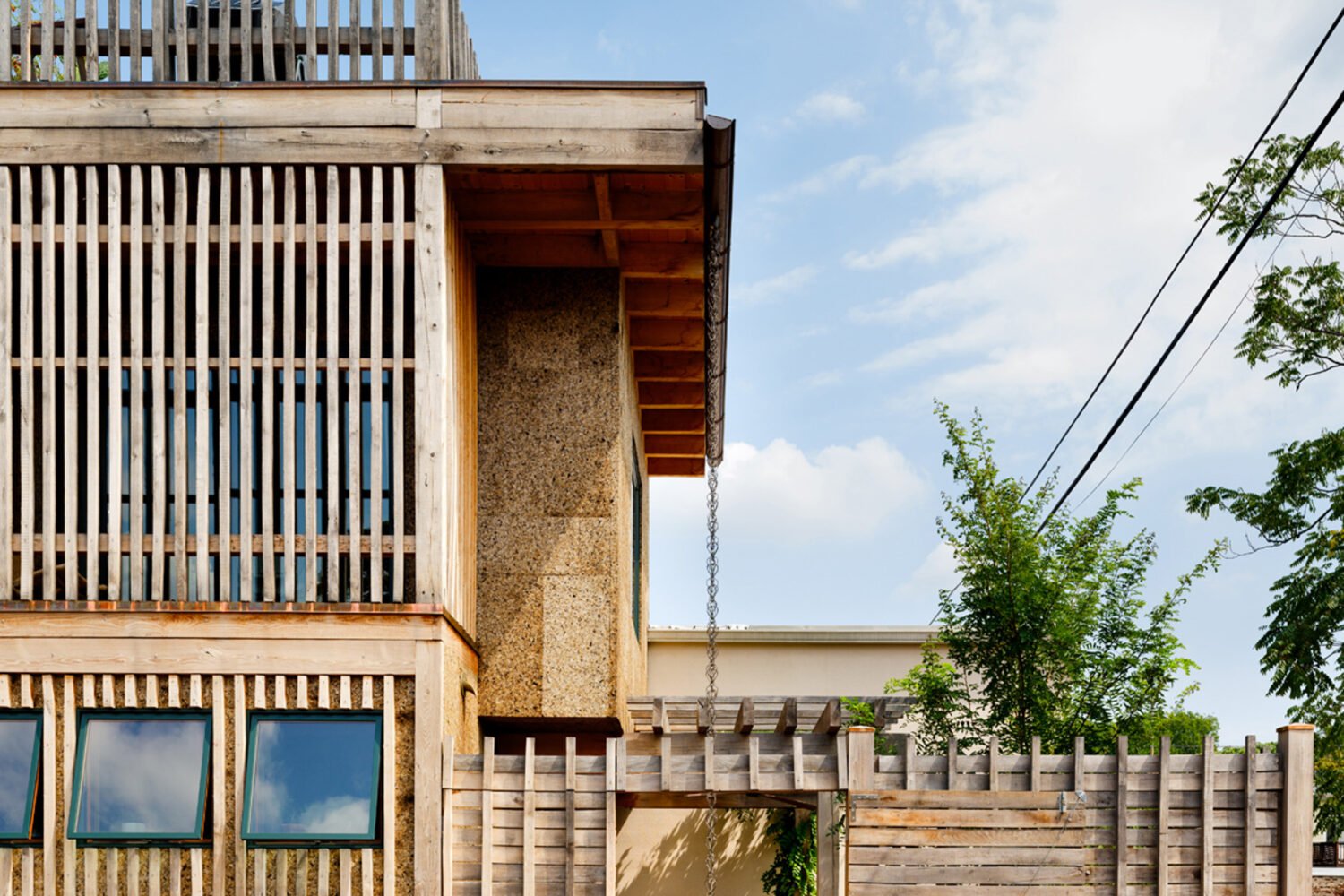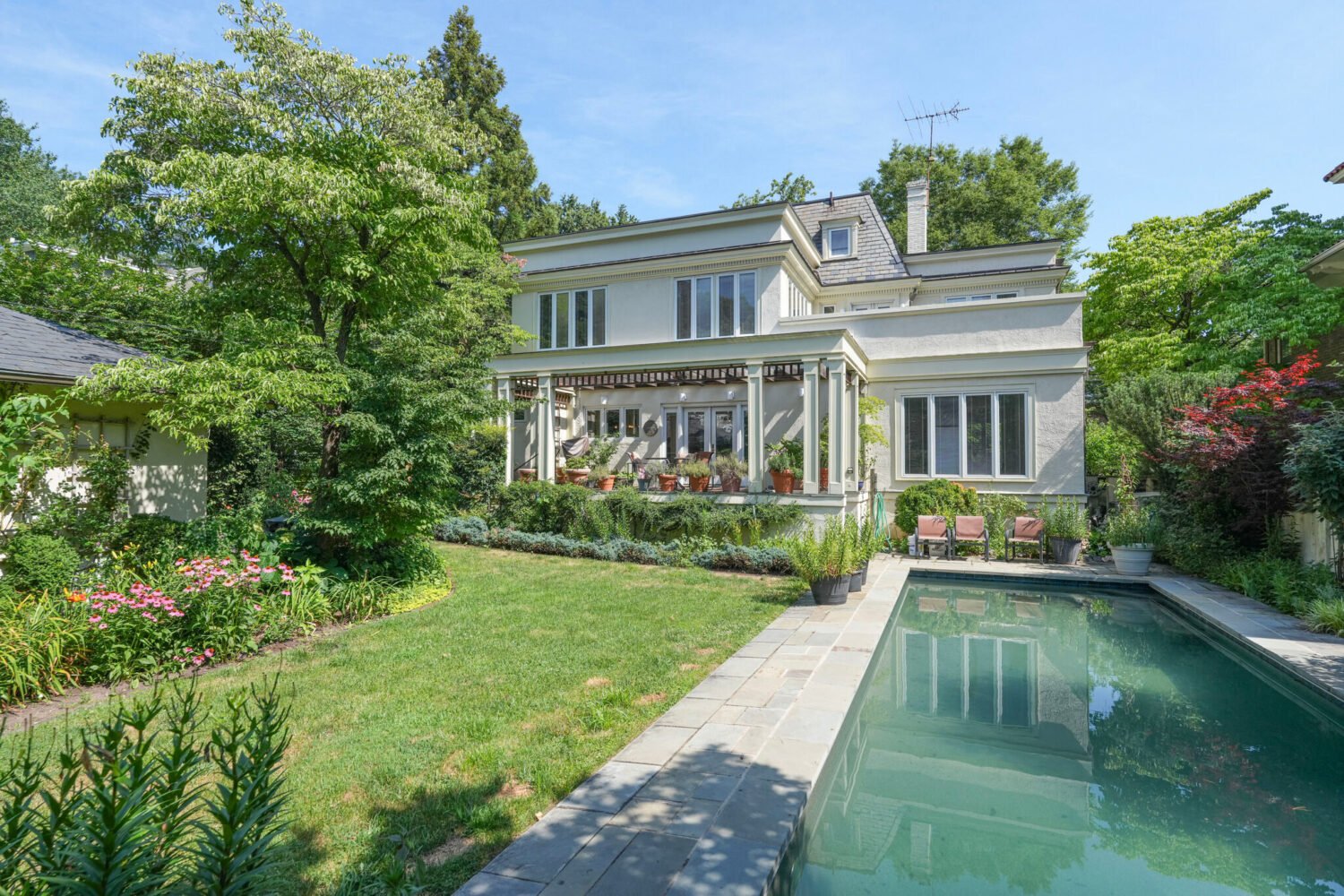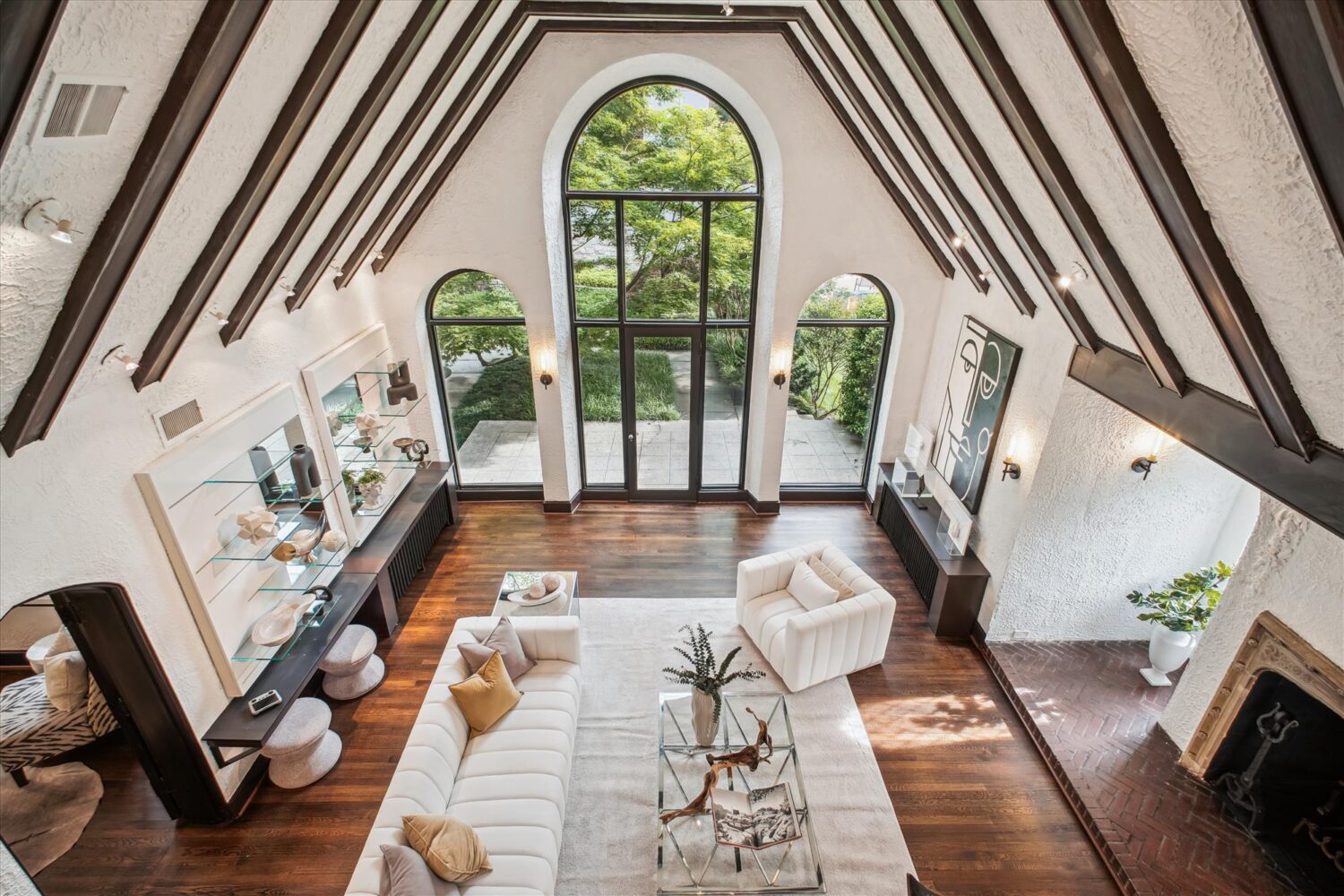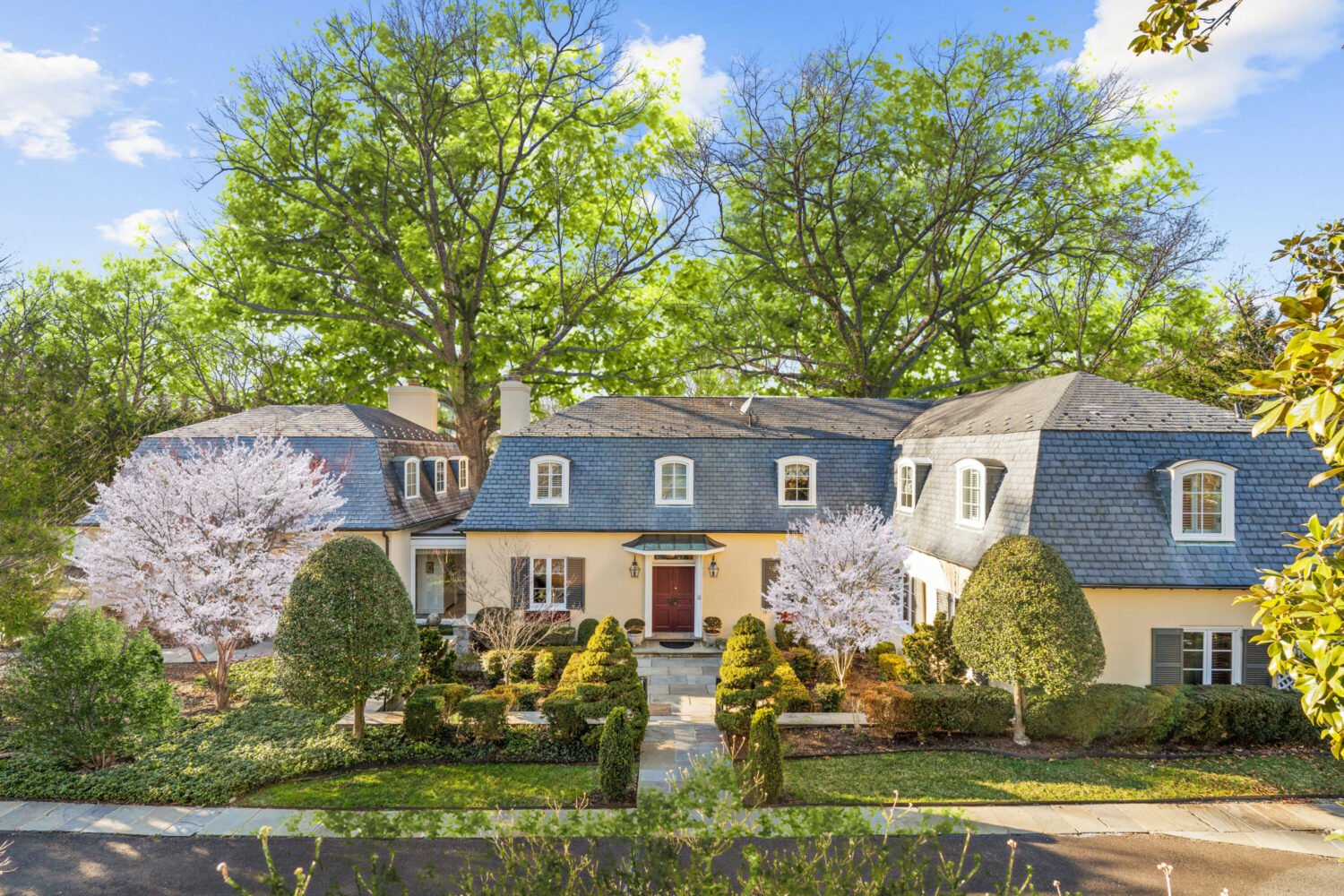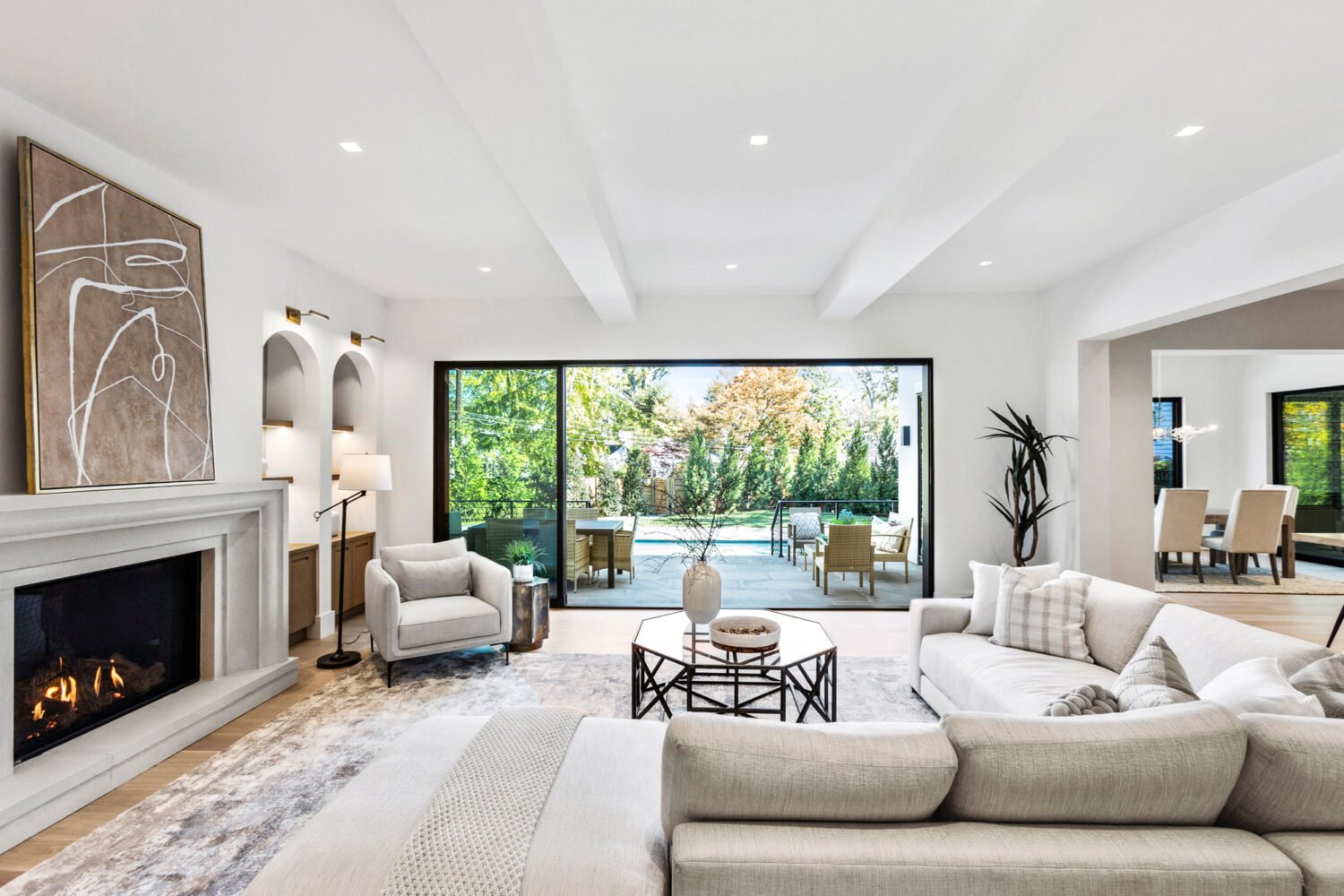Jessica Church and Dan Appenfeller were ready to embark on a rite of passage that many youngish adults tackle: buying a home. (Also on that list: having a kid, signing up for life insurance, getting a Costco membership.)
Unfortunately for Church and Appenfeller, and every other American who has recently entertained the idea of owning their own form of shelter, the housing market has been, to put it mildly, insane.
When the married couple, who live in Dupont Circle—Church, 32, works in politics, and Appenfeller, 30, is a journalist—started looking for a DC condo, they quickly grew disenchanted. The prices were “pretty unreasonable,” says Appenfeller, and many buildings they considered also had “upsettingly high” HOA fees, says Church—“money you’re setting on fire.”
The two love hiking in Shenandoah National Park and were driving back to DC from a weekend there when Church turned to Appenfeller and asked: Would it be kinda-sorta insane if our first mortgage was on a second home out here?
Perhaps not. They started poking around and, in February of last year, purchased a cabin in Stanardsville, Virginia. They got four bedrooms, two and a half baths, 3,000 square feet, and five and a half acres for the sweet price of—deep breath—$495,000. (For comparison, that’ll get you a one-bedroom, one-bath Adams Morgan apartment.)
Because their jobs require them to be in DC a few days a week and they’re not ready to leave the area permanently, they’ve continued to rent and live full-time in their two-bedroom, two-bath Dupont basement apartment. They Airbnb their Virginia cabin on weekends when they aren’t there, which helps pay the mortgage.
Church and Appenfeller are part of a trend: First-time homebuyers in metropolitan markets like DC who, frustrated by the lack of affordable housing and ready to build equity, are continuing to rent in the city while buying their first homes in less expensive markets.
This comes as mortgage rates have gone up, housing inventory remains low, and prices stay relatively high. All of which means it can be very hard to purchase a first home: 26 percent of buyers were first-timers between July 2021 and June 2022, according to a National Association of Realtors report, the lowest percentage the group has ever seen. The median age of first-time buyers rose to 36 during this period, an all-time high.
While there isn’t data specific to the trend of first-timers purchasing second homes, Zillow economists named it one of 2022’s real-estate trends to watch. Meanwhile, the percentages of those who bought houses in small towns and rural areas peaked during the last year (29 percent and 19 percent, respectively), says the NAR report.
Of course, more people were able to do this during Covid, thanks to remote work and low interest rates. But Bonnie DaSilva, the agent who worked with Church and Appenfeller to buy their Virginia cabin, says she’s seen a growth, since 2015, in the trend of younger people viewing homebuying in terms of investing, as opposed to finding a primary residence. She credits it to younger buyers being more educated about real estate, buying options, and wealth-generating opportunities: “At the end of the day, they’re looking at these purchases as investment vehicles for the future.”
The trend doesn’t come without problems: Some buyers might not be prepared to assume the risk and hassle of maintaining a home hours away, or might not be able to pay a property manager to do it. You also can’t tap into first-time-homebuyer programs, says DaSilva, as these properties aren’t primary residences and you could be subject to capital-gains tax when you sell.
Plus, outside buyers coming into less expensive markets could eventually drive up area prices and displace current residents, says BrightMLS chief economist Lisa Sturtevant: “That can create more housing tightness for residents of those more affordable, further-out jurisdictions who don’t have the incomes that these folks from DC have.”
It can also exacerbate wealth disparities in the Washington area, she points out, as those who can afford to circumvent high prices (and can pay both rent and a mortgage) do so, leaving those who can’t further behind. Nevertheless, as affordable options remain slim, Sturtevant anticipates that first-time buyers will continue to search for outside-the-box tactics: “There is no traditional path anymore.”
More Space, More Breathing Room
Jamie Manning, a 33-year-old who runs a digital-media agency and the real-estate platform Exposed Brick DC, bought her first home in 2021: a $325,000 two-bedroom, two-bath house near Charlottesville—a good two hours away from where she lives full-time with her husband in a two-bedroom, two-bath Navy Yard apartment.
The pandemic made Manning realize she wanted more square-footage and outdoor space, which she couldn’t afford comfortably in the District. The couple could have maxed out their savings on a DC townhouse for more room, she says, but the current market made Manning nervous. Hence the Virginia house, which gave her the space she wanted at a price that provided breathing room, plus extra money for renovations.
The couple spends about a week a month at the property and is considering renting it out one day to help them afford a bigger forever house in either DC or Charlottesville. “A lot of people our age have more flexibility because of remote work and really want to build equity and invest in real estate,” she says. “And DC—it’s just a really tough place to do it, given the price points.”
Alex Alterman was a pioneer of this movement: He purchased his home in Solomons Island in 2016. The 43-year-old real-estate agent continues to rent full-time in Dupont Circle. He bought his Maryland home for $525,000—a price that got him four bedrooms, two baths, a pool, and beachfront property. “I wasn’t going to be able to afford what I really wanted to buy in the city, which was something [with] a terrace or an outdoor space or a single rowhome with a yard,” he says. “This was the next-best thing.”
He isn’t ready to move there full-time—he still loves city life—but heads to the house several times a month to get the space and quiet he craves. Because of the price, Alterman was able to put about $125,000 into the renovation, and Zillow now estimates that the home is worth around $774,000. “People are always going to want to have a place they call their own,” he says. “If that’s not available in the city, and they just can’t do it, they’re going to look outside.”
Rewriting the Narrative
While Church and Appenfeller will remain based in DC for now, they might eventually make the Stanardsville house their main home and keep a small studio in the city—especially if the market continues at this rate. “[In the summer of 2021,] we were probably three to five years away from being able to get a house in DC,” says Appenfeller. “But now that interest rates are crazy, who even knows?”
Both initially felt nervous about bypassing the traditional narrative surrounding buying your first house, the one you likely heard from your boomer parents: Save, purchase an affordable starter home in your twenties, use the profits from eventually selling that to buy a larger home, repeat.
“If you’ve had a middle-class upbringing, there are just so many signals of the right way to do things to continue being financially secure,” says Appenfeller. “And the notion of breaking the rules and being like, ‘I’m going to get a vacation house’ felt a little indulgent and like I was going to get in trouble for it.” (Their parents were also somewhat confused, says Church: “It’s just so different from the way they bought their first homes that cost, like, $50,000.”)
But it also can be freeing to divest yourself from the stereotypical narrative, Alterman points out, and to do something that works for you and your budget: “It’s nice that people are realizing this young and deciding, ‘Okay, this is something I can do. This is a way that I can make myself happy and build my future.’ ”
When Church and Appenfeller drive out to their cabin—which sits on its own little mountain with a wide front porch overlooking the Blue Ridge, close to wineries and hiking trails, with the kind of space to host family and friends they could never get in the city—it seems like a dream realized. Says Church: “I never thought I’d own anything that size.”
This article appears in the January 2023 issue of Washingtonian.

